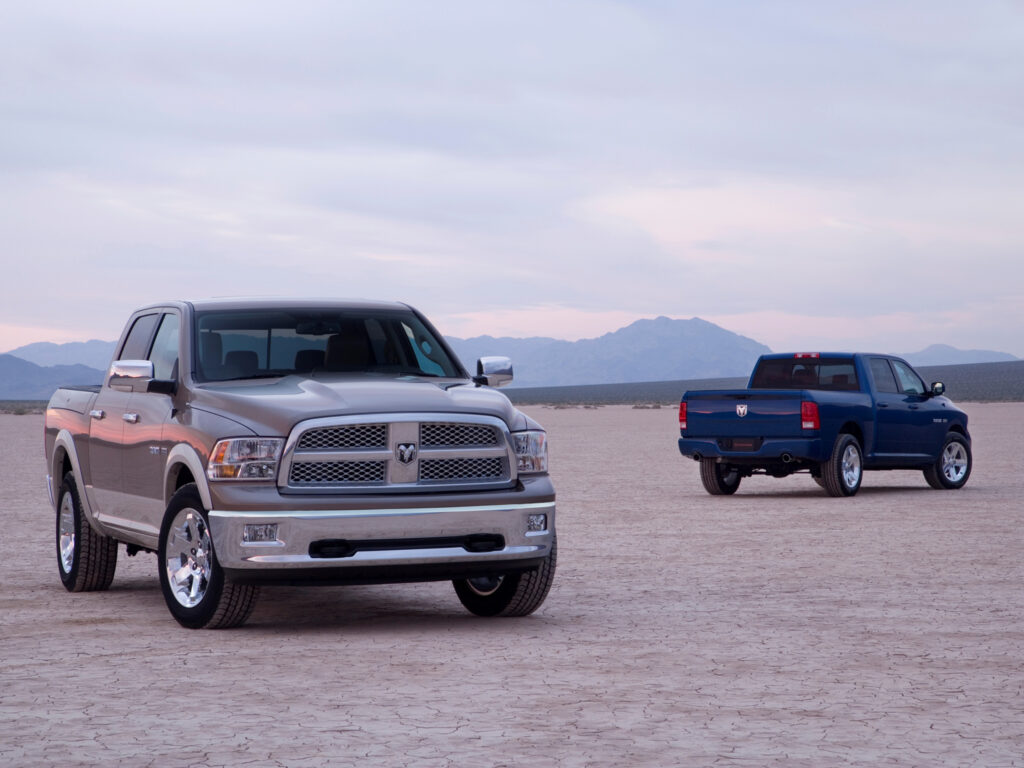Ram has become synonymous with rugged performance, cutting-edge innovation, and unmatched durability. Over the decades, Ram vehicles have transformed from simple workhorses to versatile machines capable of catering to a diverse range of needs. Whether you’re a fan of powerful trucks or are searching for a reliable Ram dealership near me, understanding the evolution of Ram cars offers valuable insight into the brand’s rich heritage. This article traces the journey of Ram, highlighting its milestones and technological advancements that have shaped its identity.
The Early Days of Ram
Origins Under Dodge
Ram’s story begins as part of Dodge’s truck lineup in the 1930s. Introduced in 1932, Dodge began focusing on durable and practical trucks for commercial and personal use. These early models laid the foundation for Ram’s reputation for strength and reliability. The iconic ram hood ornament, symbolizing power and determination, became a distinguishing feature in the 1930s.
Post-War Expansion
After World War II, Dodge expanded its truck offerings to cater to the booming demand for personal and industrial vehicles. The Power Wagon, introduced in 1945, was a groundbreaking model designed for off-road performance and heavy-duty tasks. This period solidified Dodge’s commitment to innovation, setting the stage for Ram’s eventual rise.
The Birth of the Ram Brand
1981: The Ram Name is Born
In 1981, Dodge rebranded its truck lineup, officially introducing the Ram name. The first-generation Ram trucks featured bold styling, improved performance, and innovative features like the slant-six engine. The introduction of the Ram badge marked a turning point, establishing a distinct identity within the Dodge family.
Innovations in the 1980s
The 1980s saw Ram pushing boundaries with improved aerodynamics, enhanced fuel efficiency, and a focus on driver comfort. These advancements catered to both work and recreational drivers, broadening Ram’s appeal. The Cummins Turbo Diesel engine, introduced in 1989, revolutionized the heavy-duty truck segment, offering unmatched power and durability.
Ram’s Rise to Prominence
The 1990s: A Design Revolution
The second-generation Ram, launched in 1994, brought a dramatic design overhaul. Its bold, semi-truck-inspired styling with a raised hood and aggressive grille set it apart from competitors. This design, combined with powerful V8 and diesel engine options, catapulted Ram into the spotlight, earning it Truck of the Year awards and boosting sales.
Expansion of the Lineup
During the 1990s, Ram expanded its lineup to include more configurations, catering to various needs. The introduction of the Quad Cab in 1998 provided more passenger space without compromising utility, making Ram a popular choice for families and businesses alike.
Ram Becomes Its Own Brand
2009: The Split from Dodge
In 2009, Ram officially became a standalone brand under the Chrysler Group (now Stellantis). This strategic move allowed Ram to focus exclusively on trucks, enabling the brand to hone its identity and compete more effectively in the market. The split also marked the beginning of a new era, with a commitment to innovation and quality.
Heavy-Duty Dominance
The early 2010s saw Ram dominating the heavy-duty truck market with its 2500 and 3500 models. These trucks featured class-leading towing capacities, advanced suspension systems, and luxurious interiors, appealing to both commercial users and lifestyle buyers. Ram’s partnership with Cummins continued to strengthen its reputation for diesel performance.
Technological Advancements
Uconnect and Infotainment
Ram has consistently embraced technology to enhance the driving experience. The introduction of the Uconnect infotainment system brought seamless connectivity, navigation, and entertainment to drivers and passengers. This commitment to technology has kept Ram competitive in an increasingly connected world.
EcoDiesel Engine
In 2014, Ram introduced the EcoDiesel engine, offering a balance of power and efficiency. This innovation catered to environmentally conscious buyers while maintaining the performance Ram trucks are known for. The EcoDiesel option has been a popular choice in models like the Ram 1500, showcasing the brand’s adaptability to changing market demands.
Modern-Day Ram
Ram 1500: A Benchmark for Innovation
The current-generation Ram 1500, introduced in 2019, has set new standards for the full-size truck segment. With its luxurious interior, advanced technology, and impressive towing capabilities, the Ram 1500 has received numerous accolades, including Truck of the Year awards. Features like the 12-inch touchscreen, adaptive air suspension, and eTorque mild-hybrid system exemplify Ram’s commitment to innovation.
Sustainability Efforts
Ram has also taken steps toward sustainability with the development of electric and hybrid options. The upcoming Ram 1500 REV, an all-electric truck, represents the brand’s dedication to reducing its environmental footprint while maintaining its performance legacy.
The Future of Ram
Electrification and Sustainability
As the automotive industry shifts toward electrification, Ram is poised to play a significant role. The brand has announced plans for an electric lineup, starting with the Ram 1500 REV. This move aligns with industry trends while ensuring that Ram remains competitive in the evolving market.
Continued Innovation
Ram’s commitment to innovation suggests that future models will continue to push boundaries in performance, technology, and design. From autonomous driving features to advanced connectivity solutions, the brand is likely to maintain its position as a leader in the truck segment.
Conclusion
The evolution of Ram cars is a testament to the brand’s resilience, innovation, and dedication to meeting the needs of its customers. From its early days under Dodge to its rise as a standalone powerhouse, Ram has consistently delivered vehicles that combine strength, performance, and cutting-edge technology. As Ram embraces electrification and continues to innovate, its future looks as bold and promising as its past.





























